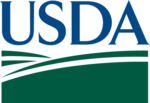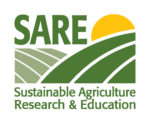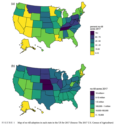Advertise Follow Us
Items Tagged with 'Nebraska'
ARTICLES
[Podcast] Jared Kenney on Taking No-Till Advice and Precision Nutrients
For this episode of the No-Till Farmer podcast, brought to you by Yetter Farm Equipment, Associate Editor Noah Newman talks to Jared Kenney of Amherste, Neb. Kenney finished second in the National Corn Growers’ Association Annual Yield Contest for Irrigated No-Till in Nebraska.
Read More
Who Makes the Best No-Till Planter?
Readers weigh in on their favorites, and their favorite modifications to their favorites
Read More














